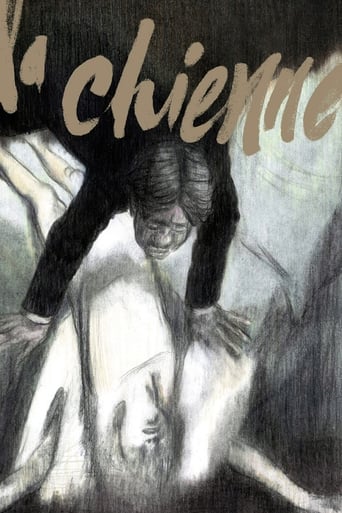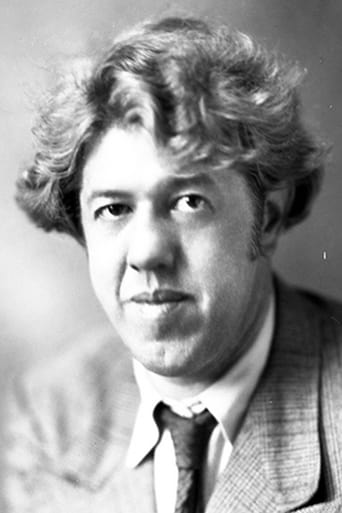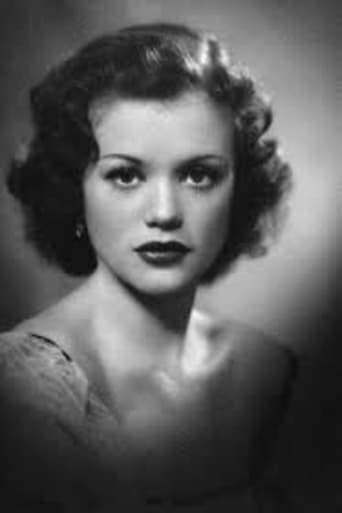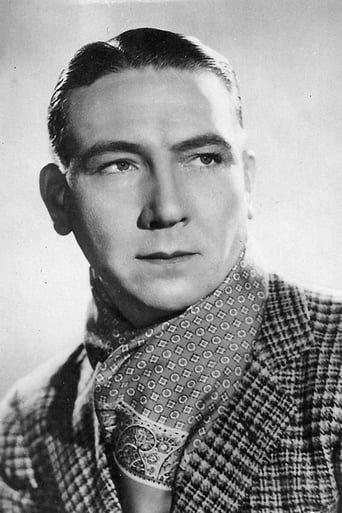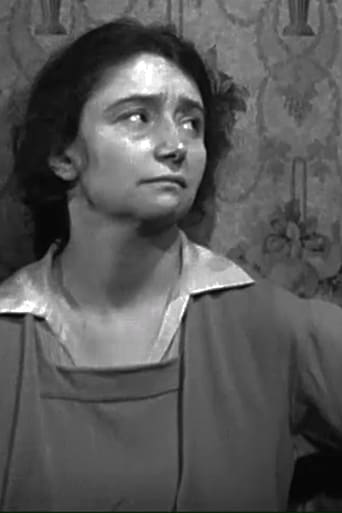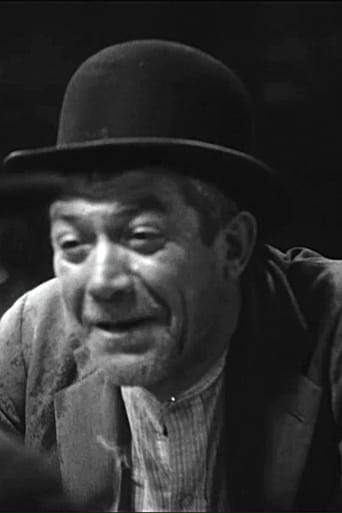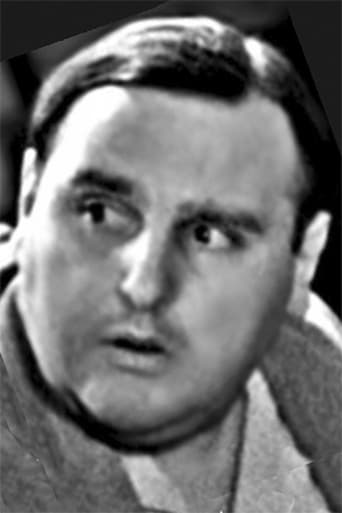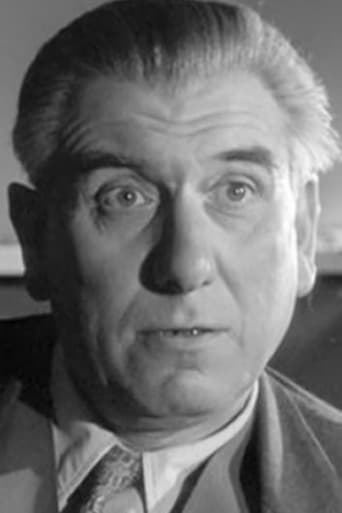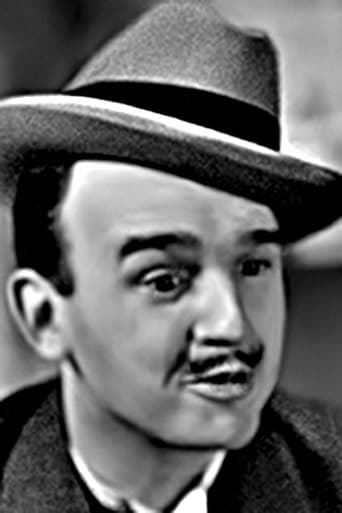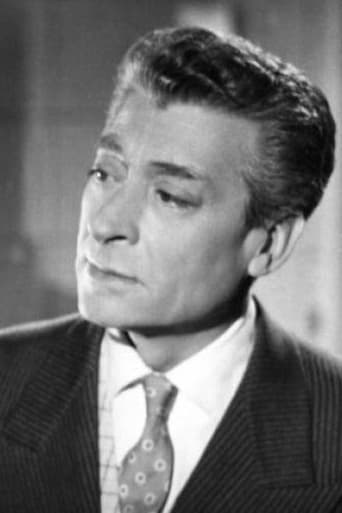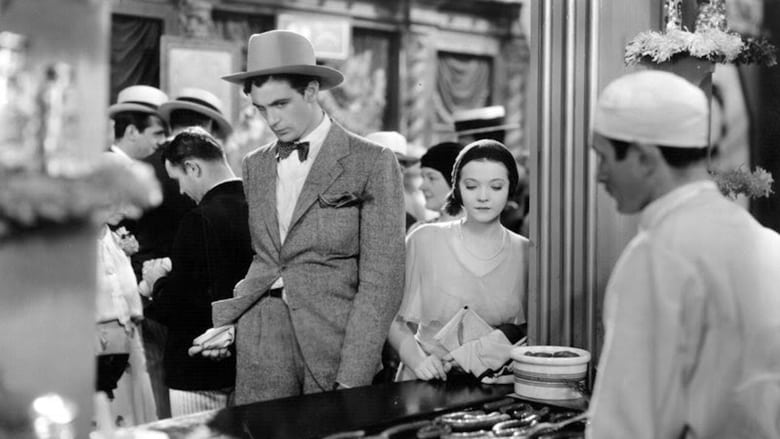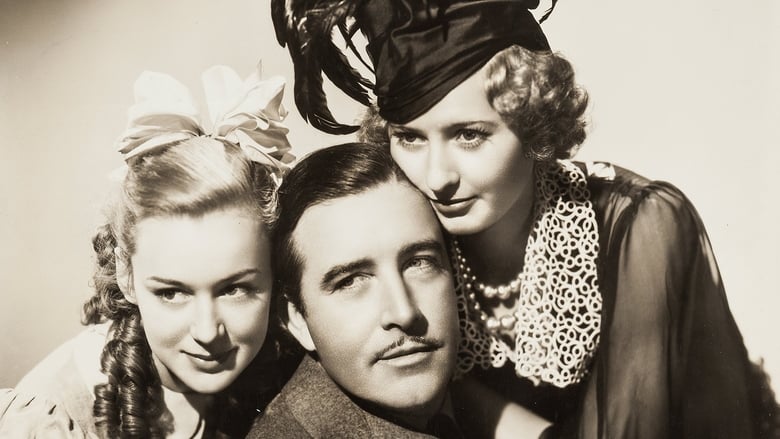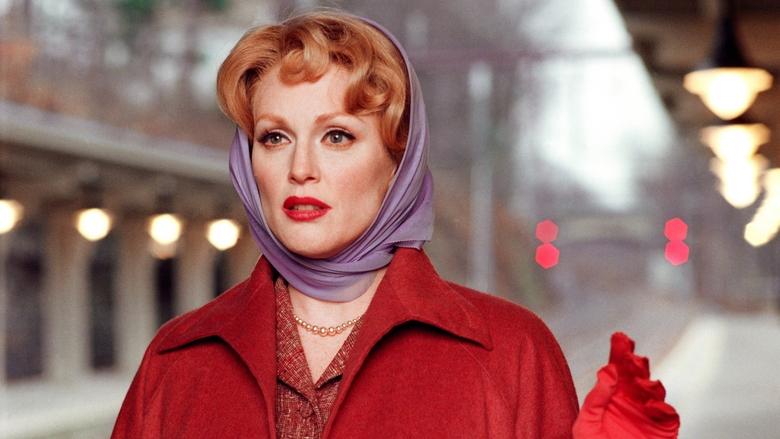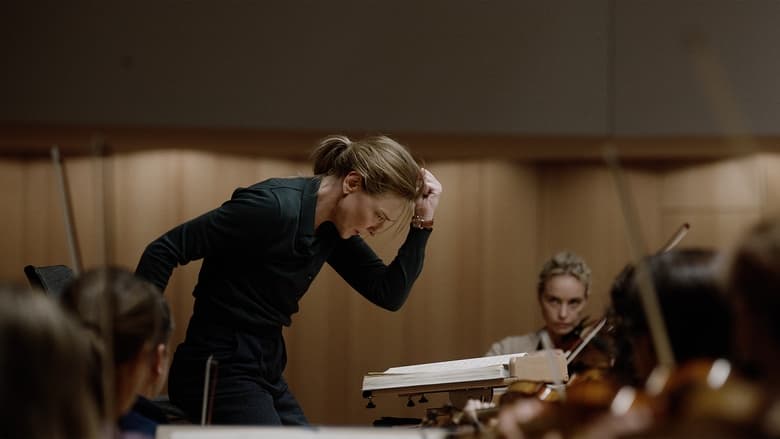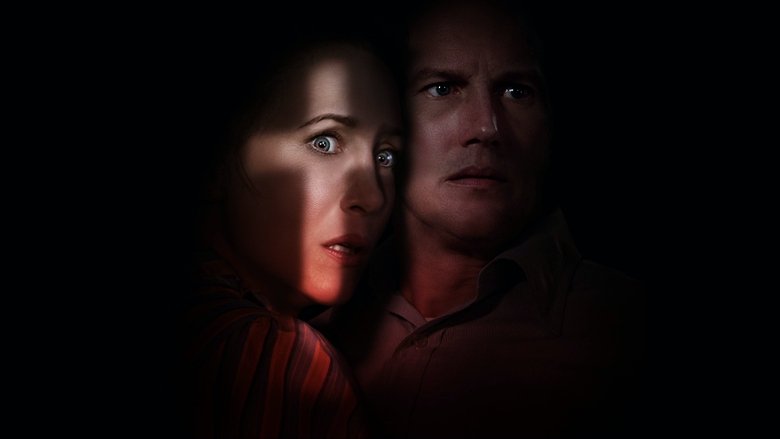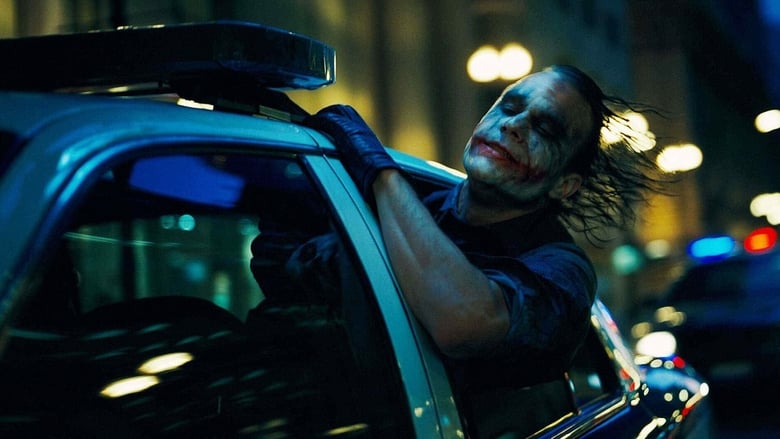Cashier Maurice Legrand is married to Adele, a terror. By chance, he meets Lucienne, "Lulu", and make her his mistress. He thinks he finally met love, but Lulu is nothing but a streetwalker, in love with Dede, her pimp. She only accepts Legrand to satisfy Dede's needs of money.


Similar titles
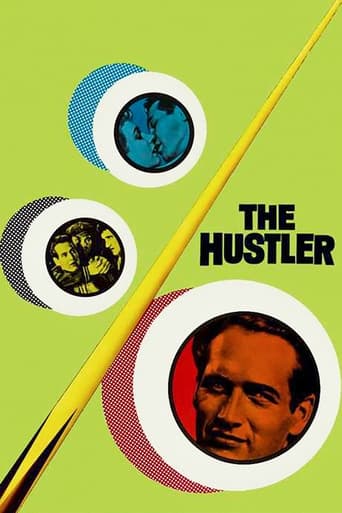
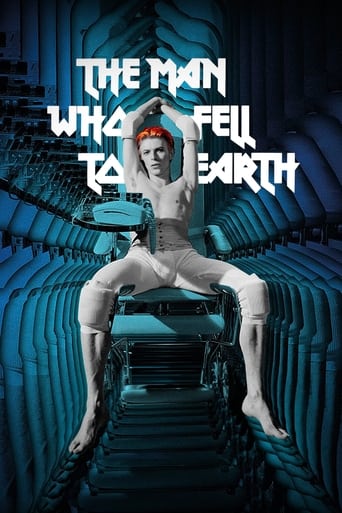

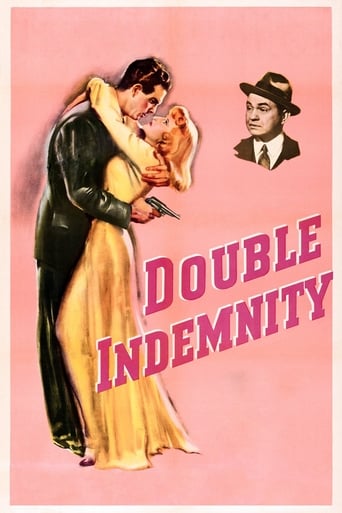
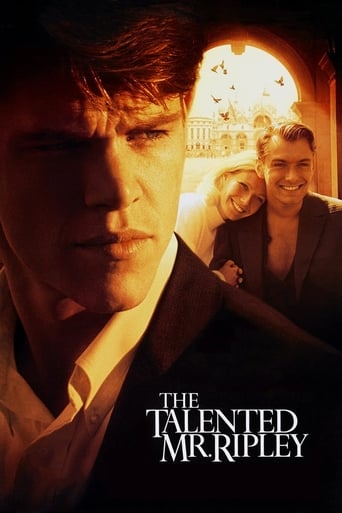
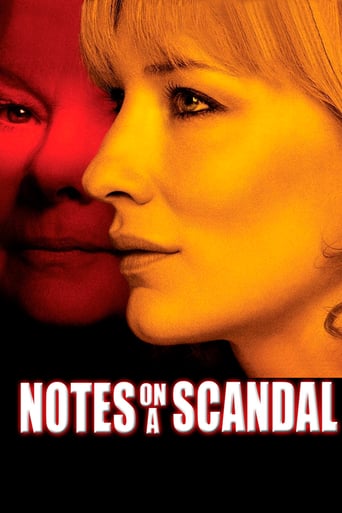
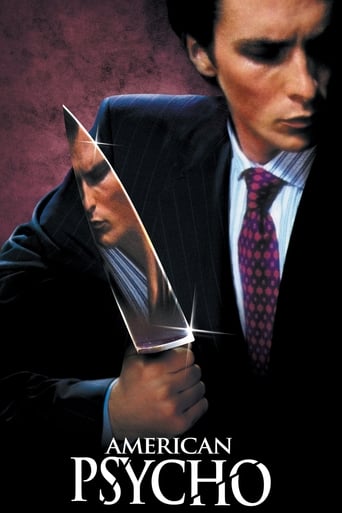
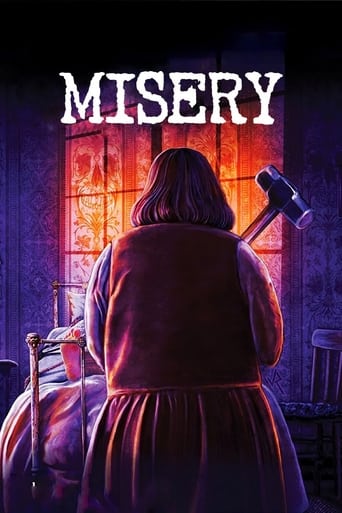
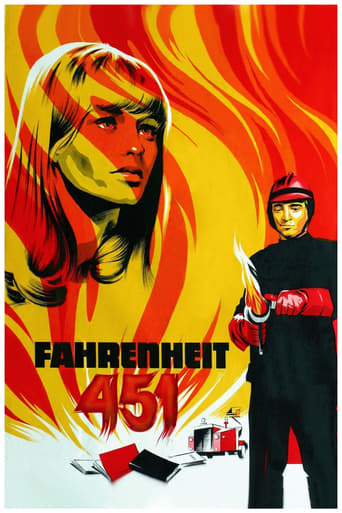
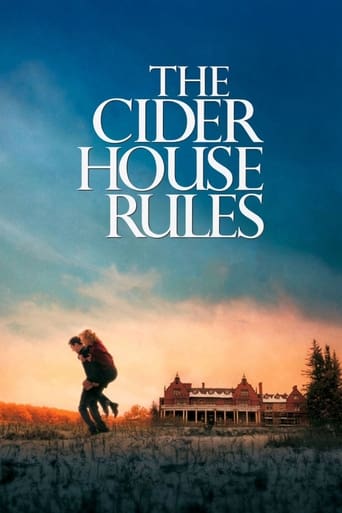
Reviews
A mild mannered bank clerk, in a loveless marriage to a harridan, has one pleasure in life - painting. One night a chance encounter results in an unlikely friendship with a much younger woman, who he begins to help financially. He develops strong feelings for her and believes they are in a relationship, unaware that she is a prostitute who is still sleeping with her pimp boyfriend, the man she actually loves. The clerk gives her some of his paintings to decorate the apartment he pays for her to live in, which the pimp then sells on to an art dealer under the pretence they are works by an imaginary American artist called Clara Wood; they soon become highly sought after items. It isn't long before events take a tragic turn.This early French talkie from famed director Jean Renoir proved to be highly controversial in its day primarily on account of its conclusion which offered unorthodox justice in which bad deeds were not shown to be punished and a man innocent of the crime of murder is sentenced to death for it anyway. This kind of immorality was not par for the course, particularly in the United States, where the film was only finally given a release in 1975. Bookended with a Punch and Judy show, with the puppets arguing with each other over what the film is about, this is a film which challenges the viewer from the off. Its characters all inhabit morally grey areas, with the central character guilty of murder, his wife overbearing and deeply unpleasant, her ex-husband who she idolises turns out to be a deceitful waster, the girl who the clerk falls for essentially uses him, while her boyfriend is a violent abuser of women. There are no good guys in this story at all, with most of them actively deceiving one and other. I think it shows that the French were unafraid of making films which did not pander to easy stereotypes and moral certainties. It also deals with its sexual material with a typical Gallic shrug and overall has a pretty sophisticated approach to adult orientated material. Once it moves into its latter stages there is a murder sequence which is presented in a cleverly subtle manner which Fritz Lang or Alfred Hitchcock would have been proud of. Its overall a fascinating example of the kinds of uncompromising films which existed in the early sound era before Hollywood morals got in the way of adult film-making.
Jean Renoir's LA CHIENNE is an exhilaratingly nasty tale of a henpecked hosiery cashier's adulterous relationship with a manipulative prostitute, and the moral damnation that ensues. Noir aficionados will instantly make the SCARLET STREET connection but the unmistakable differences in execution and style render both of these masterworks sufficiently distinguishable.Firstly, LA CHIENNE is more sexually charged of the two - evidenced by the explicit exhibition of its various on screen dalliances. SCARLET STREET on the other hand was shackled by the Hays Code where the furthest Edward G. Robinson's character gets is painting his mistress' toe nails. Restrictions of the production code notwithstanding SCARLET STREET is still the bleaker of the two and remains one of the hallmarks of classic film-noir, while LA CHIENNE benefits from its consistent tragicomedy tone.Michel Simon is outstanding as the frustrated, love-struck painter who's almost destined to lose: he's domineered by his miserable wife when he's not being cuckolded and scammed by his deceitful mistress (and her scheming pimp boyfriend) and remains oblivious of the fact that he's merely a part-time lover but a full-time benefactor. EGR's rendition however was on a completely different level and had more psychological heft to it.LA CHIENNE's visual aesthetic is loaded with quadrangular, window-framed, canvas-like compositions that not only resonate with the film's theatrical opening but also with the art produced by our protagonist. I also feel that it's too beautifully realised (or at least the restoration made it so) to be categorised as "noir" in the traditional sense and is devoid of conventional noir flourishes, rugged edges or pulpy vibes. Having said that it was undoubtedly instrumental in the proliferation of films that would come to be known as noir.As an interesting aside, SCARLET STREET was not the only Lang venture that shared a literary source with a Renoir film; HUMAN DESIRE and the classic LA BÊTE HUMAINE also originate from the same Émile Zola novel.
The narrative frame (puppet show) of La Chienne (The Bitch) certainly defies realism, which is all the more apt since the story is told tongue-in-cheek and the characters are caricatures. The title is no cultural argot misnomer as the drama seems akin to a circus show involving a hibernating bear (the cashier), swallowing anaconda (the whore), howling wolf (the wife) and vampire bat (the pimp) all thrown into the same pit together. What arises is great drama and misplaced sympathy by audiences. Der Blaue Engel (1930) is infinitely more straightforward in its portrayal of paralysis and consumption (not to sound too Kracauerian here). La Chienne is layered - almost convoluted, but without being obvious. Although the puppets in the narrative frame assert that the characters are plain and the drama is amoral - they are just puppets! How plain is a woman-beating drunk? How amoral is a drama that ends in a courtroom? La Chienne is a film that would have evoked different emotions from each audience member. For some (puppet-like) spectators, the narrative frame proves familiar and reassuring while for a more engaged spectator, deeper mysteries can be unearthed. The narrative frame is thus in service to Renoir's impresario approach to film auteurship. "What matters in life is to know the right people" is a statement scoffed at by Simon's character and to his ultimate ruin. The ending itself has a utilitarian feel (a complimentary reversal of M. Lange in many ways). "Ca prend de tout pour faire un monde" is one of the final lines in the film and underscores the teasing out of an ambiguous politics pushing and pulling between utilitarian affirmations and humanist sensitivities. As for Renoir's stylistic developments in La Chienne - there is a great use of depth of field in key scenes (especially in Simon's art studio). The narrow hallways as a mode for the construction of offscreen space is prevalent (as in On Purge). Mobile framing creeps in at the end of the film and is ironically liberating. It's most novel use is when Renoir sways back and forth with the dancing couple (pimp and whore) in the bar. There are some nice tracking shots at the police station as well. Although, Renoir is starting to liberate the camera in La Chienne, it remains in the service of character psychology and not construction of space by an unobtrusive auteur. In this regard, La Chienne shows itself to be a reasonable midway point between Renoir's silent films and his 30s masterpieces.
With "la chienne",French cinema enters the pathway to genius.During the thirties,it will be one of the best in the world.In those ancient times,it used to walk from strength to strength,encompassing the most phenomenal innovations the seventh art had ever known.Opening and closing his film with a puppet theater,Renoir predates Mankiewicz's "Sleuth" prologue(1972) and countless others by decades.Punch and Judy,what a derision!Renoir has begun his wholesale massacre;the bourgeois society ,the army ,the justice are his main targets.M.Legrand,whose spouse is a shrew,keeps a mistress,Lulu,(la chienne=the bitch)who doesn't care a little bit about him and who has herself another man in her life ,Dédé.This dandy sponges her off.Legrand and Lulu are actually longing for tenderness,but a society in which money and respectability run rampant leaves them with no chance at all.It's when he rebels against it that Legrand will find his way.His wife-shrew always compares him to his first hubby,a warrant officer killed in action during WW1?Never mind that,when the soldier comes back -he was actually prisoner in Germany-,Legrand gets rid of his missus!Now he thinks he can live with Lulu but he finds her in bed with her lover.Now Legrand will despise the rule of the game(that's Renoir's 1939 movie title).SPOILERS.SPOILERS.SPOILERS. You've got to follow the pack.Legrand kills Lulu (as the precedent user has pointed it out,the scene is a model of film noir murder:we see nothing of the crime but a knife;the camera stays in the street,focusing on a busker,playing a heartrending tune on her violin,only showing the windows of the house.)When Dédé is accused of the murder,Legrand will not surrender:he used to be a respectable man,and he knows that the society will always be siding with the "moral ",and that it will be happy to condemn a lazy pimp.Renoir allows himself the most immoral ending you can think of,and in 1931,at that! At the end of the movie,Legrand,who now thoroughly refuses the golden rules,has become a tramp.It's a tramp like this who will rise from the gutter to shake the bourgeois society in "la chienne" follow-up,"Boudu sauvé des eaux"(avoid the remake"down and out in Beverly Hills").It's no coincidence if Michel Simon plays Legrand and Boudu.These two works are Renoir at his most ferocious .
